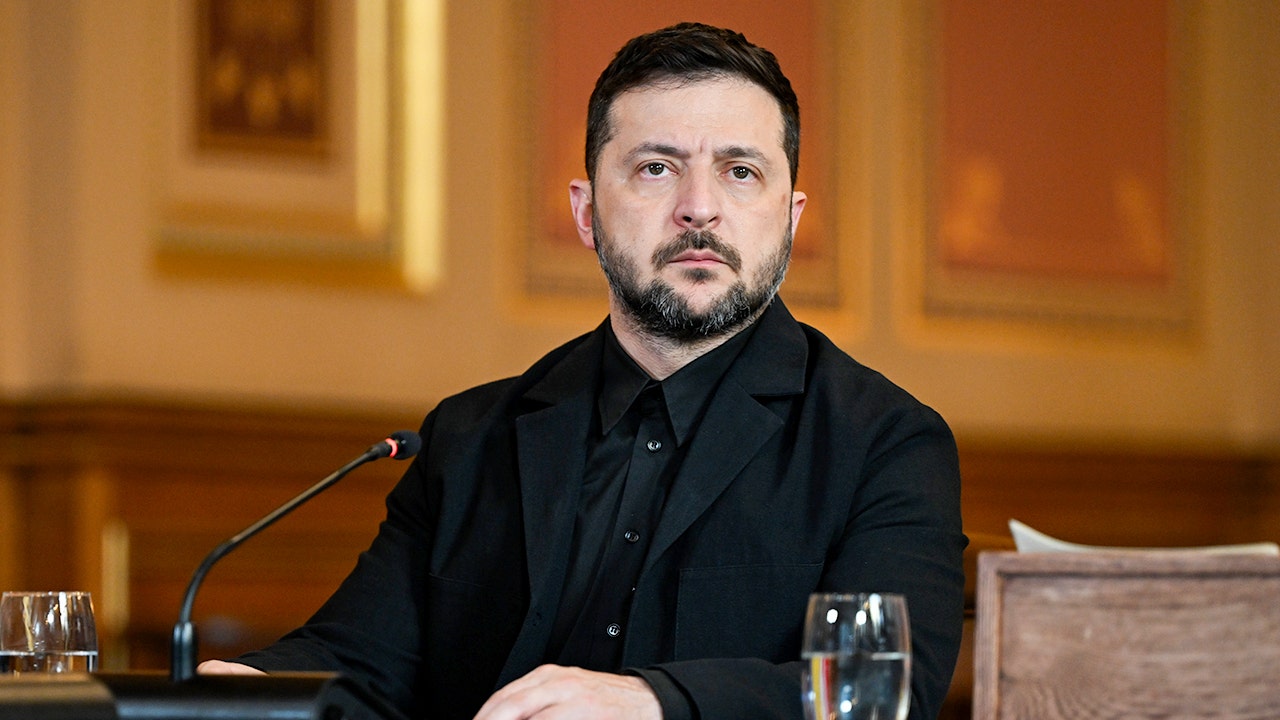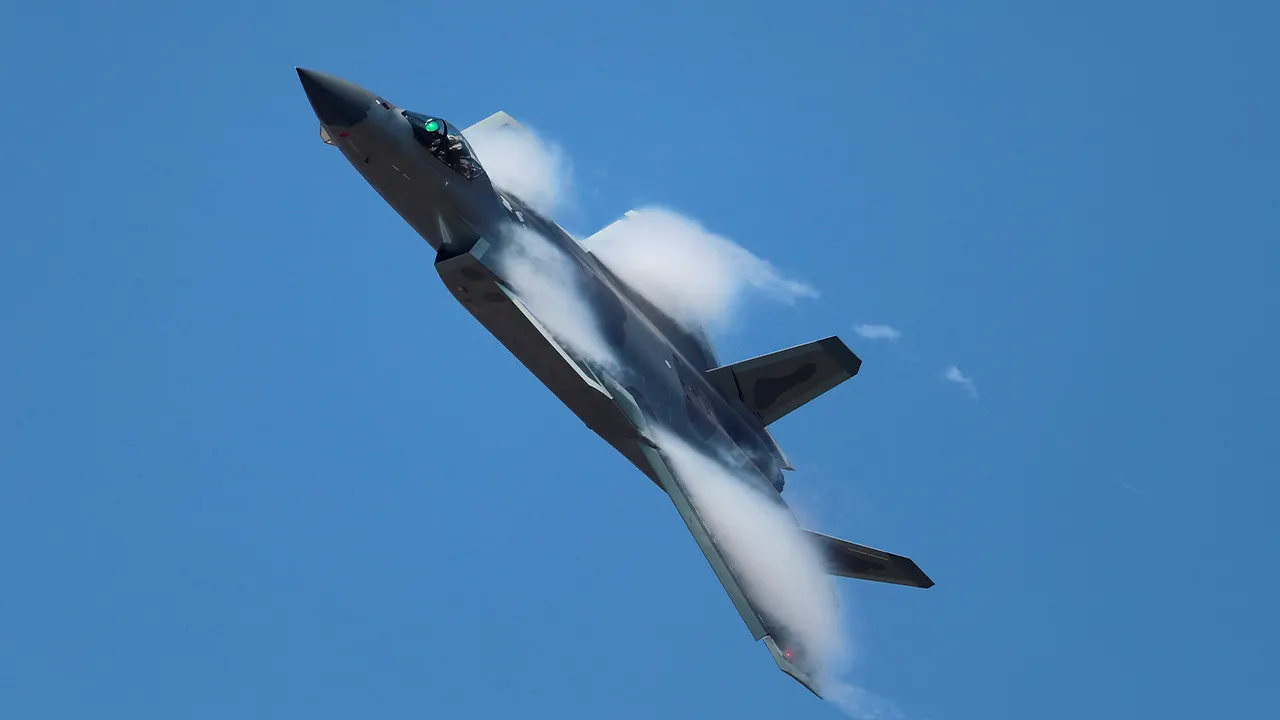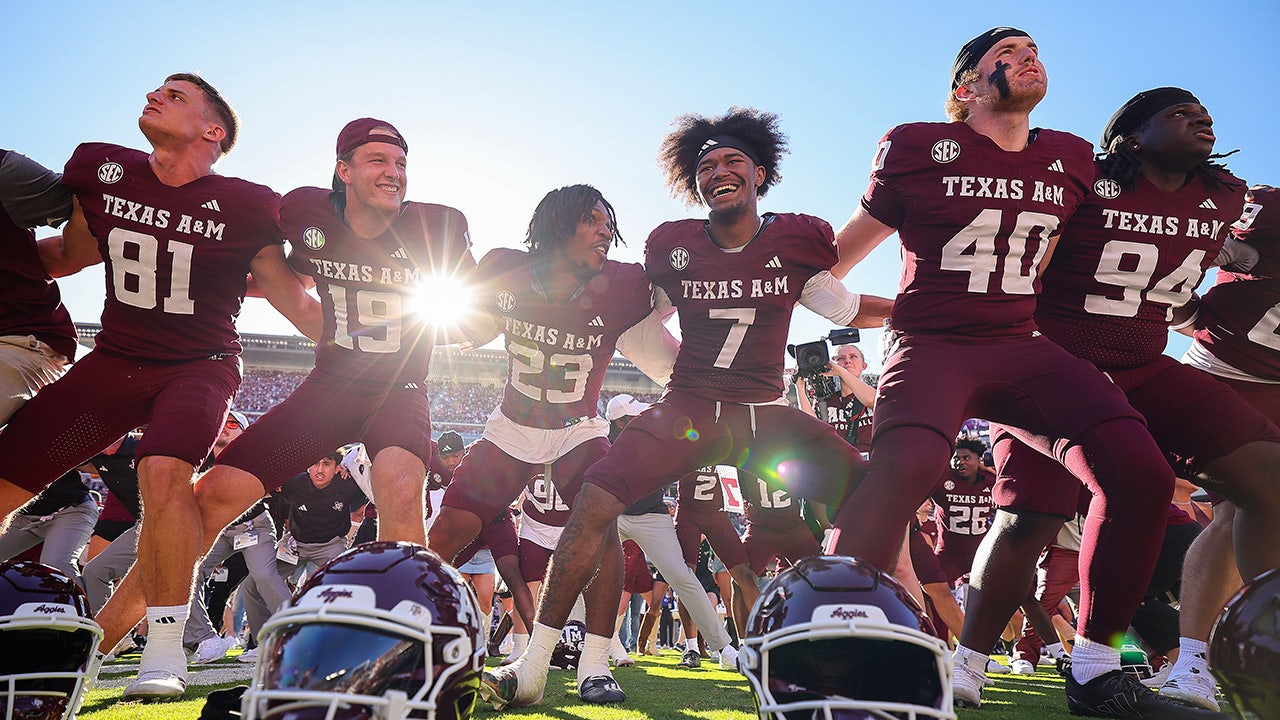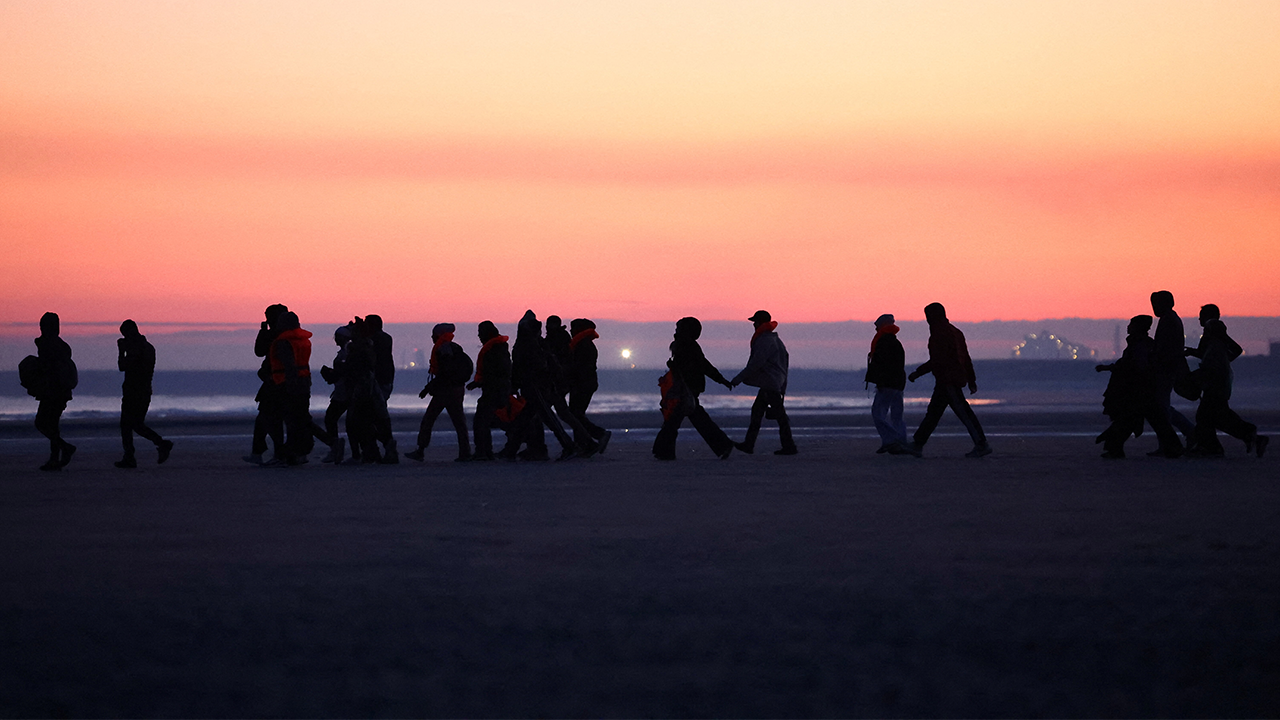What I Learned From a USPSA Grand Master With Zero Match Experience
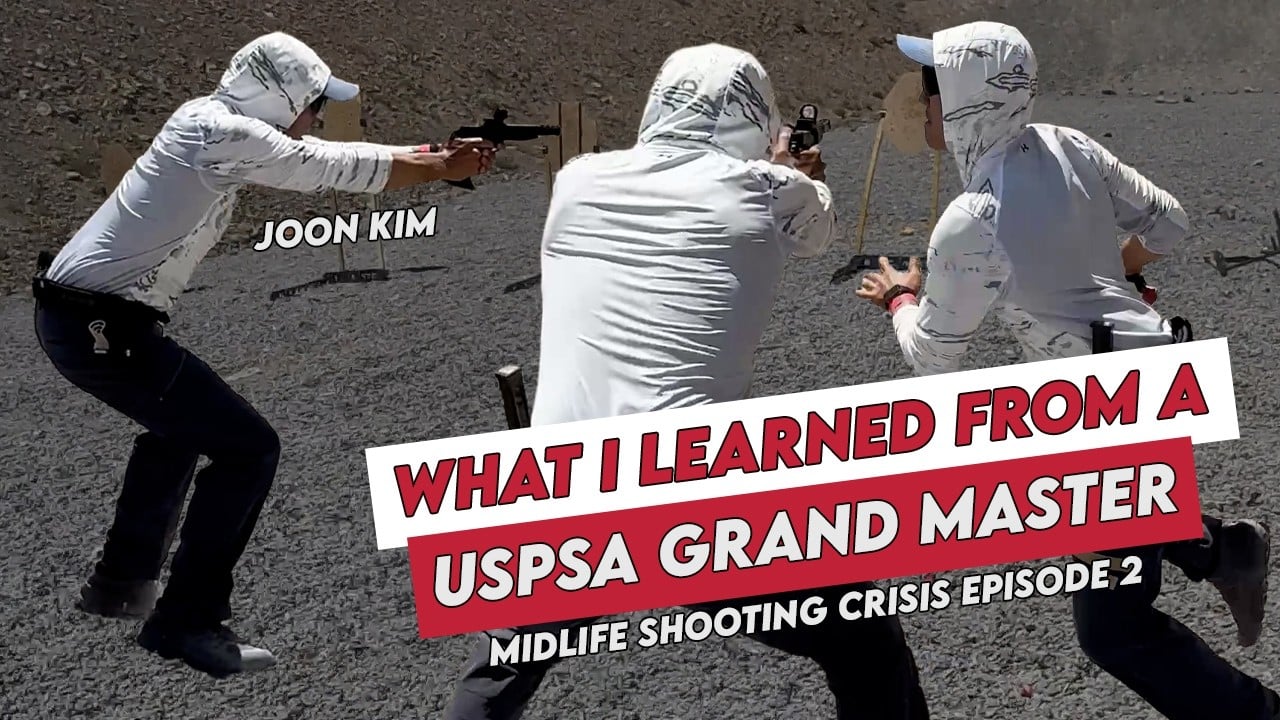
I’ve been dry firing consistently for the past couple of months — working through drills from Dryfire Reloaded, layering in VR training, and backing it up with regular live fire to test what I’ve been practicing. It’s part of what I’ve been calling my mid-life shooting crisis — not a breakdown, just a wake-up call to get serious about a plan, deliberate practice, and measurable growth.
I came across a post in one of my local USPSA groups, Tropang Vegas USPSA / SN03, about a class called Next Level Sport Pistol, taught by Joon Kim. Since I’m just getting into competition shooting, I hadn’t followed him before — but after checking into his background and seeing that he’s won multiple state and Area championships and is currently super-squadded in both Carry Optics and Open at Nationals, I figured this was a legit opportunity to learn.
The class was described as being for shooters with match experience. I hadn’t shot a match yet, so I messaged him to ask if that was a firm requirement. He said I might fall behind a bit compared to the others but would still get something out of it. I thought about it for a day and decided to go for it. My first matches are coming up in September, and this seemed like the closest thing I could get to match prep beforehand.
A Class Geared for Competitors — But I Took Plenty Away
This wasn’t a fundamentals class. It was designed for shooters who already compete and want to level up their performance. There were seven of us in the class. I was the only one without match experience. From what I could tell, there was one Master and most of the others were A-Class shooters, maybe a couple of Bs.
We opened with about 40 minutes of Joon walking through his take on the fundamentals — recoil control, stance, draw mechanics, visual indexing, reloads, and trigger control. He wasn’t teaching these concepts from scratch but was sharing what’s worked for him. That helped set the tone for the rest of the class, which focused heavily on movement, transitions, and how to apply those fundamentals under pressure.
Coming from a defensive background, I’ve had some movement taught here and there — but nothing that ever stuck. Learning something over a weekend and never applying it again doesn’t do much. This was different. This was specifically focused on how to shoot and how to leave and arrive in shooting positions as efficiently as possible while still being stable enough to make hits. That part was all new to me.
We started with Bill Drills at 15 yards and then pushed out to 25. After one run, Joon came over, checked my hits, and asked if I’d been dry firing. I told him I had, and he said it showed — said my trigger control looked solid. That gave me a bit of confidence going into the more technical work.
During the equipment check, he noticed I was “searching” for my gun during the draw. He pointed out that the way my belt was riding was contributing. He suggested canting my holster back slightly and bringing the belt up a bit higher. I brought tools and adjusted the cant during class as much as I could. I was wearing a Blue Alpha Battle Belt with their mag pouches — they provided me with two complete belt setups including mag pouches and medical pouches — and I’ll be doing a full breakdown in another article. I wouldn’t say the adjustments fixed things immediately, but they showed me between now and September.
It also made one thing clear: I need to work draws into dry fire — a lot. Most of my training over the years has involved drawing from concealment. I never had a reason to practice from an OWB duty or competition rig until now. That’s changed.
This is why I ordered a holster for the ACE XR Arcus handset from FPS Holsters with a QLS fork mounted on it, so I can quickly swap it onto my Blue Alpha belts and train proper draws in VR. Before that, I was running the ACE drills either from low ready or simulating a concealed carry start — no holster involved. This should let me work the exact draw I’ll use in matches, across both dry fire and VR.
He also mentioned switching out my tactical mag pouches for proper competition ones — a small change that makes reloads a lot more efficient. That was an easy fix, and one I’ve already made.
And while I’m mentioning gear, a big thanks to Ammunition Depot — the official ammo sponsor of USA Carry .I’ve been using their ammo for my live fire sessions, including this class, and their support has made it easier to stay consistent while going through this entire rebuild. If you’re looking for fast shipping, fair pricing, and reliable availability — check them out.
Trying to Balance It All
The toughest part of the day wasn’t marksmanship — it was trying to shoot while thinking, moving, and managing transitions. And I’ll be honest: it was mentally and physically taxing. I’m 46, I need to lose a few pounds, and it was over 100 degrees on the range.
At one point I’d be so focused on the movement that I’d forget the fundamentals. Other times, I’d get clean hits and then realize I didn’t execute any of the footwork we were supposed to be working on. It was humbling.
Joon said something that stuck with me:
“Figure out your time without movement, then work to match that time with movement.”
I’ve already started implementing that concept, in a way. Since most of my ACE XR scores were based on starting from low-ready, I’ve now begun drawing from the holster and comparing those times directly against the old ones. Same drills, just a different start — and a clearer benchmark to aim for. It’s a simple concept, but it gives you a real-world metric to close the gap between static performance and applied movement.
The Final Stage Brought It All Together (And Exposed Everything)
We closed out the day running a short stage that tied it all together: step draw, transition, back-step movement, triple shuffle, sprint to another position, and finish on a tuxedo target. And if you’d told me that movement breakdown a year ago, I’d probably think it was some kind of line dance.
I didn’t run it clean. I didn’t run it fast. I didn’t even realize I was allowed to make up a missed shot on the steel target — something I learned only after asking about it post-run. But I finished with a clear sense of what I needed to fix. That was the win.
And today, as I’m editing this, I went to the range and ran a variation of one of the drills we worked on earlier in the day. I started with some fundamental warm-ups — running One Shot Returns and Doubles — then moved into a drill where I drew to one shot on steel in front of me, transitioned left to a paper target while initiating movement using the footwork Joon taught, put two rounds into the paper, then sprinted right into a second position and finished with one round on steel. Then I reversed it — starting on the right, ending on the left — and just ran that back and forth until I was out of loaded mags and it was time to head home.
A Lot to Learn — But A Clearer Path Forward
This class pushed me hard — not just technically, but mentally and physically. And yeah, I was the least experienced USPSA shooter in the group. But Joon made the environment feel approachable. Whether someone nailed a run or needed help with a breakdown, he gave thoughtful, specific feedback without ego or condescension.
This class is clearly geared toward competition shooters, and even without match experience, I got a lot out of it. It gave me a better understanding of what this type of shooting actually demands. I’ve still got a long way to go, but now I have a direction — and a better sense of how to track it.
Where This Series Goes From Here
There’s a lot more I’ll be including in this series — training with my gear, breaking down how I’m structuring practice, and dialing in for my first matches.
Because this isn’t just about chasing speed. It’s about rebuilding habits, staying consistent, and figuring out what better really looks like.
Let’s get better.
Read the full article here




